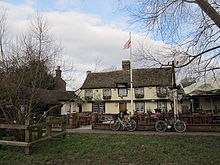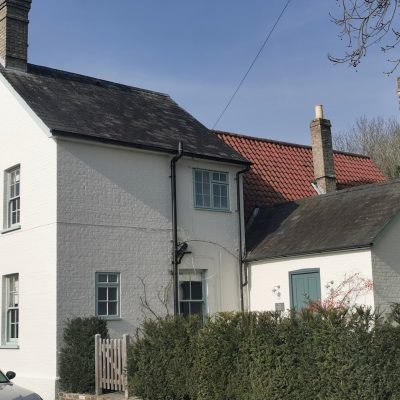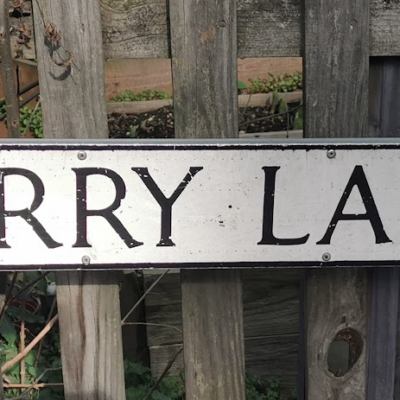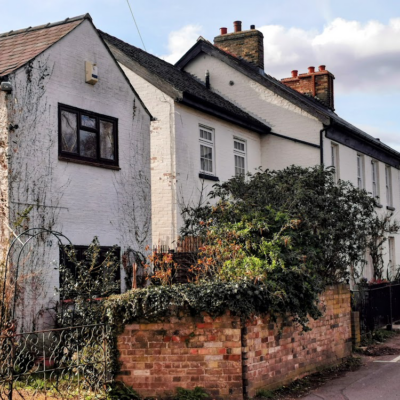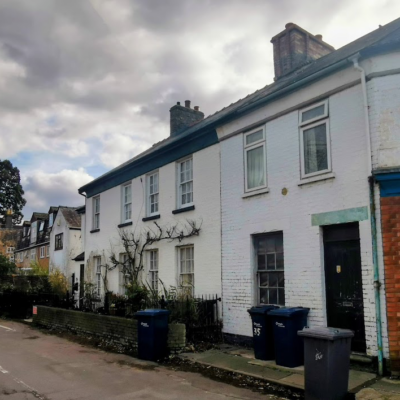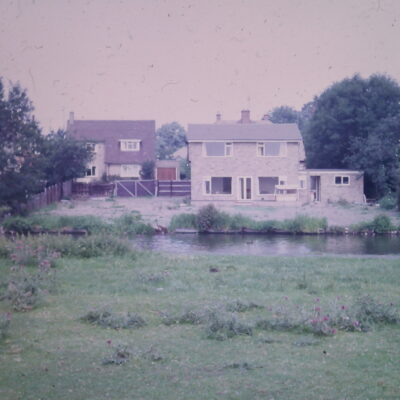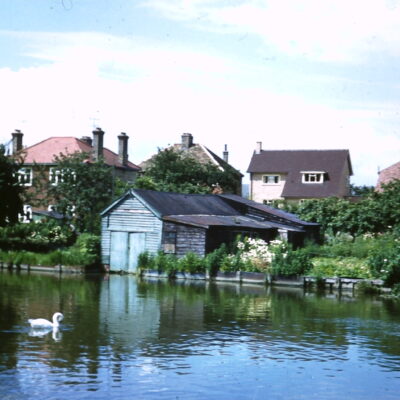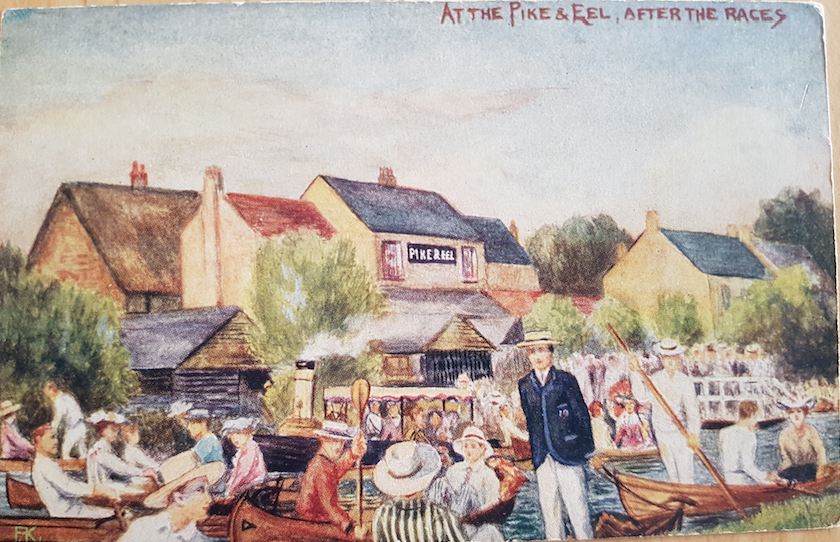 At the Pike and Eel after the Race
At the Pike and Eel after the Race110 Water Street, Pike and Eel Public House
History of 110 Water Street
1867
Landlord Joshua Worts
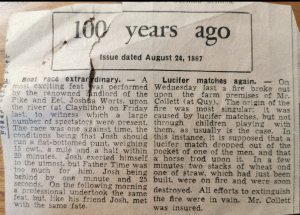
1867, Pike and Eel story in press
1869 Robert Cook
1879 Robert Cook
1883 Robert Cook

Pike and Eel (1983)
1891 Pike and Eel
Henry Brown, 36, club college servant,
Emily, 38,
Florence Emily, 15
Alfred Henry John, 14, b Cambridge
Alice Amelia,12, b Cambridge
William James, 9, b Cambridge
Frances Emily Wright, niece, 9, b Cambridge
Sarah Girling, lodger, 63, cook, b Cheltenham

1888: letter of recommendation from Rev Arthur Radcliffe
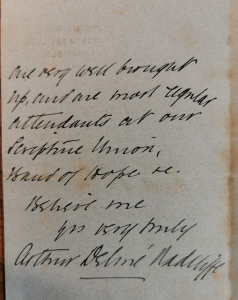
1888: letter of recommendation from Rev Arthur Radcliffe
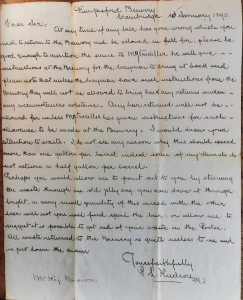
1890: letter to Henry Brown from Pampisford Brewery
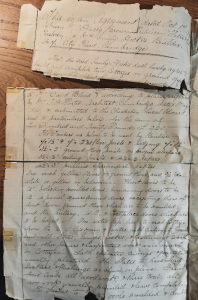
1890 agreement between Emily Hicks and Henry Brown for two cottages opposite Pike and Eel
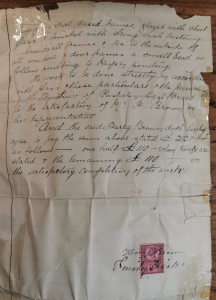
1890 agreement between Emily Hicks and Henry Brown for two cottages opposite Pike and Eel
See 159 Water Street
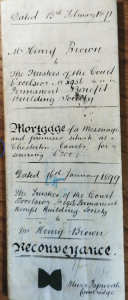
1891 Mortgage agreement by Henry Brown, Pike and Eel
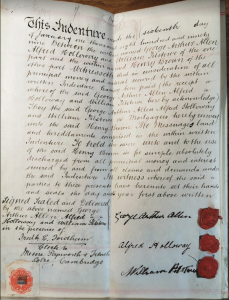
1891 Mortgage agreement by Henry Brown, Pike and Eel
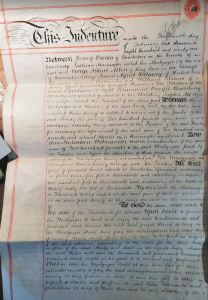
1891 Mortgage agreement by Henry Brown, Pike and Eel

1891 Mortgage agreement by Henry Brown, Pike and Eel
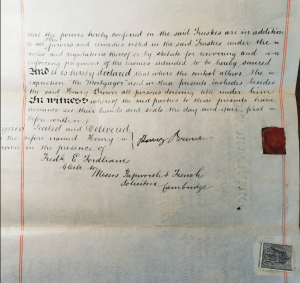
1891 Mortgage agreement by Henry Brown, Pike and Eel
1892 Harry Brown
1896 Henry Brown
1900

1900: conveyancing note re Henry Brown
1902
This appears to be a draft.
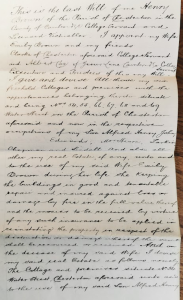
1902, Will of Henry Brown, Pike and Eel
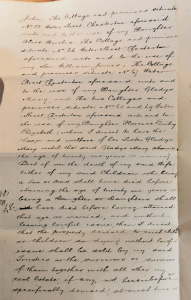
1902, Will of Henry Brown, Pike and Eel
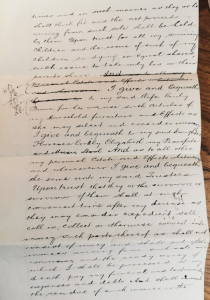
1902, Will of Henry Brown, Pike and Eel
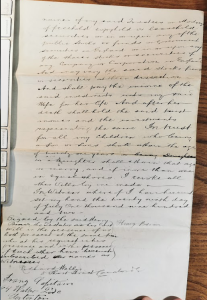
1902, Will of Henry Brown, Pike and Eel
He appoints his wife, Emily Brown and friends, James Clarke and Albert Coe as executors.
Part of his estate are the properties of 54, 55, 66, 67, 68 and 69 Water Street.

1902: Another copy of Will of Henry Grown of Pike and Eel

1902: Another copy of Will of Henry Grown of Pike and Eel

1902: Another copy of Will of Henry Grown of Pike and Eel

1902: Another copy of Will of Henry Grown of Pike and Eel
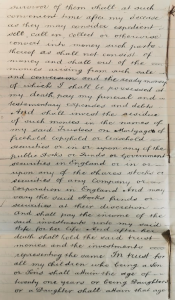
1902: Another copy of Will of Henry Grown of Pike and Eel

1902: Another copy of Will of Henry Grown of Pike and Eel
1904 Henry Brown
1908
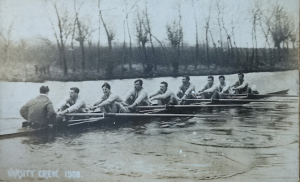
1908 Varsity crew (in Pike and Eel documents)
1909
Agreement with Conservators of the Cam over Ferry.
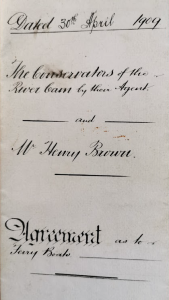
1909, Pike and Eel Ferry agreement

1909, Pike and Eel Ferry agreement
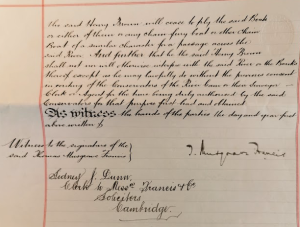
1909, Pike and Eel Ferry agreement
1911 Pike and Eel
Henry Brown, 56, publican, b Cambridge
Emily Brown, 58, b Cambridge
Florence Brown, daughter, 35, b Cambridge
1912
From Pike and Eel papers:
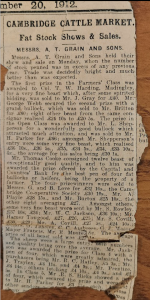
1912 newspaper cutting (Pike and Eel)
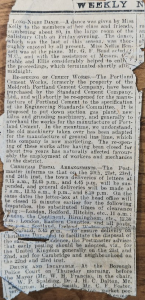
1912 newspaper cutting (Pike and Eel)
1913 Henry Brown
1915
Estate of Emily Brown:
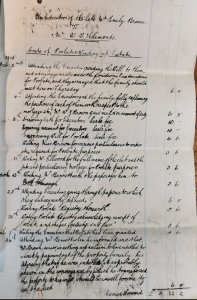
1915: estate of Emily Brown, Pike and Eel
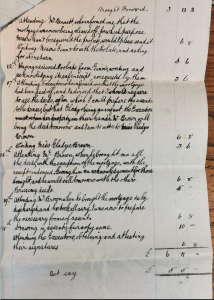
1915: estate of Emily Brown, Pike and Eel

Letter to U Brown re mother’s estate, 54 Water Street, 1915
Discharge of mortgages of 64 & 65 Water Street

1915, discharge of mortgage of 64 & 65 Water Street
1916 Henry Brown
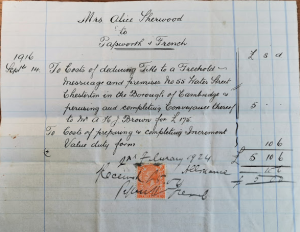
1915: conveyance of 55 Water Street
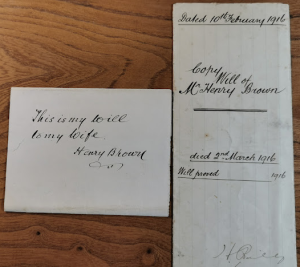
1916: will of Henry Brown
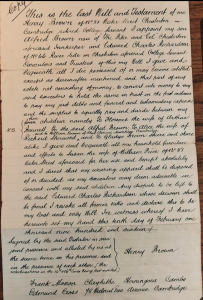
1916: will of Henry Brown
1917
Newspaper cutting in Pike and Eel papers
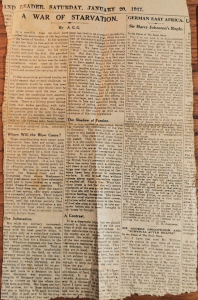
Jan 1917 newspaper cutting from Pike and Eel papers
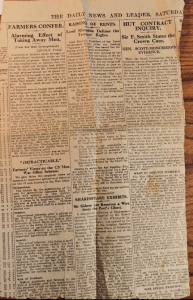
Jan 1917 newspaper cutting from Pike and Eel papers
1918

Pike and Eel papers, 1918-1921
1920 – 1922
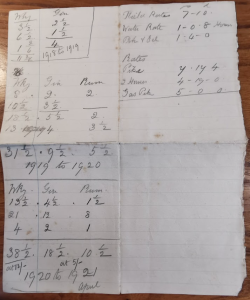
Pike and Eel papers 1920-1921

Pike and Eel papers 1920-1921

Pike and Eel papers 1921

Pike and Eel papers 1920-1921
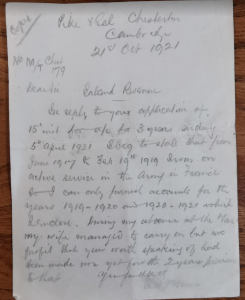
Pike and Eel papers 1921
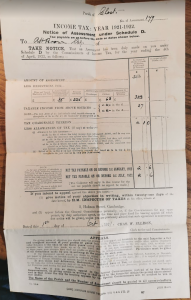
Pike and Eel papers 1921-1922

Pike and Eel papers 1922
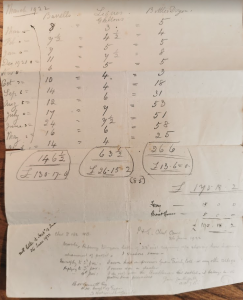
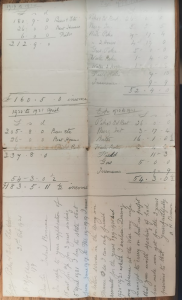
Pike and Eel papers, 1920-21
1923-1924

Pike and Eel papers, 1924
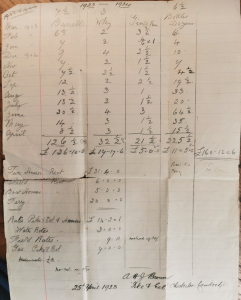
Pike and Eel papers 1923-1924
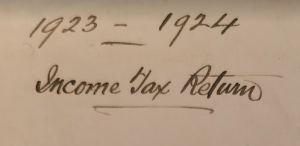
Pike and Eel papers 1923-1924

Pike and Eel papers, 1924
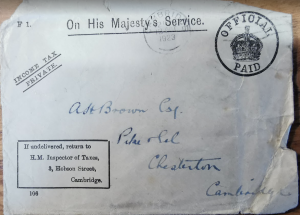
Pike and Eel papers, 1923
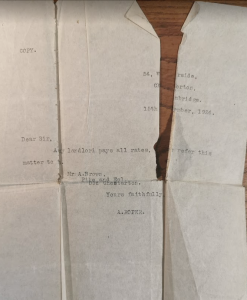
Pike and Eel papers, 1924

Pike and Eel papers, 1924

Pike and Eel papers, 1924
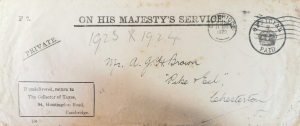
Pike and Eel papers, 1923
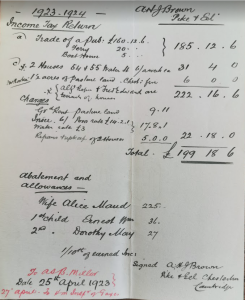
Pike and Eel papers, 1923-24
1925-26
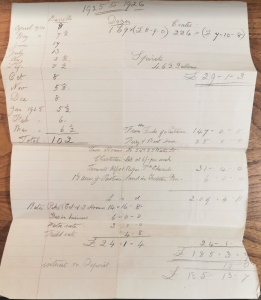
Pike and Eel papers, 1925-26
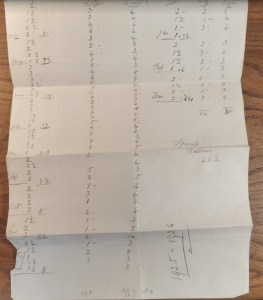
Pike and Eel papers, 1925-26
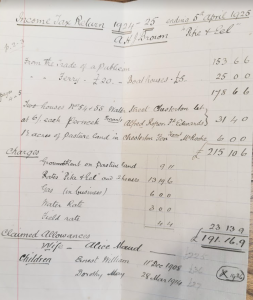
Pike and Eel papers, 1925
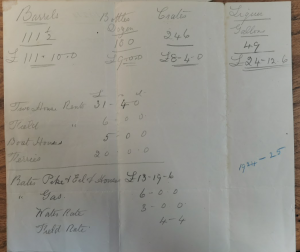
Pike and Eel papers, 1925
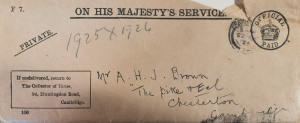
Pike and Eel papers, 1925
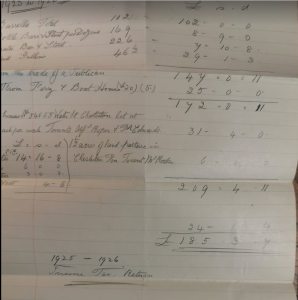
Pike and Eel papers, 1925-26
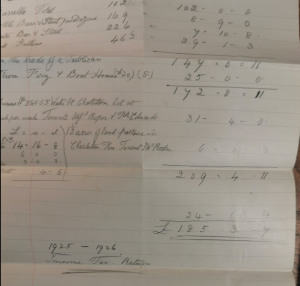
Pike and Eel papers, 1925-26
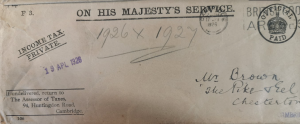
Pike and Eel papers, 1925-26
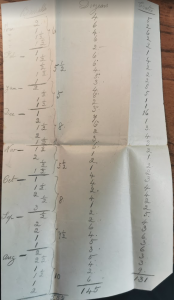
Pike and Eel papers, 1926
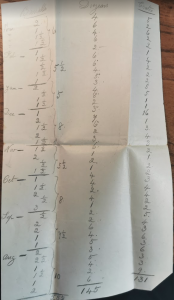
Pike and Eel papers, 1926
1927-1928

Pike and Eel papers, 1927-28
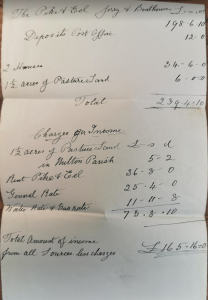
Pike and Eel papers, 1927-28

Pike and Eel papers, 1927-28
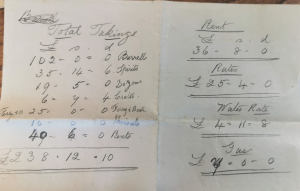
Pike and Eel papers, 1927-28
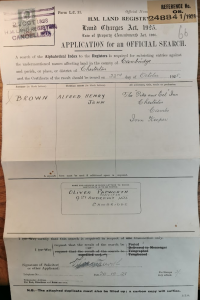
Pike and Eel papers, 1928
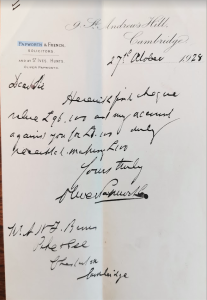
Pike and Eel 1928
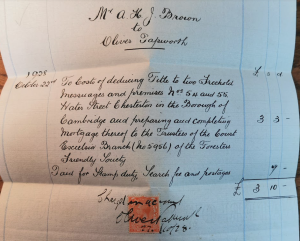
Pike and Eel 1928

Pike and Eel 1928

Pike and Eel 1928
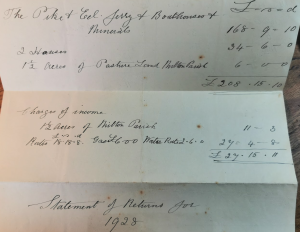
Pike and Eel 1928

Pike and Eel 1928
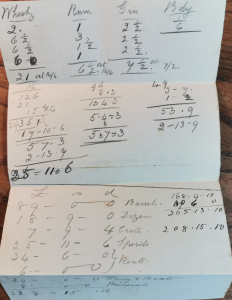
Pike and Eel 1928

Pike and Eel 1928
1931
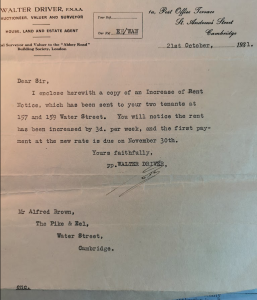
Pike and Eel 1931

Pike and Eel 1931
1932
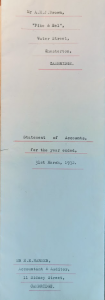
Pike and Eel 1932
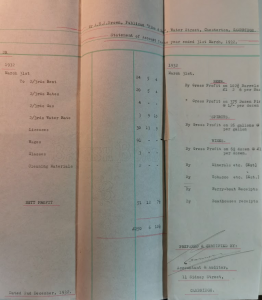
Pike and Eel 1932
1934

Pike and Eel 1934
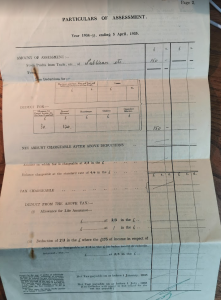
Pike and Eel 1934
1935
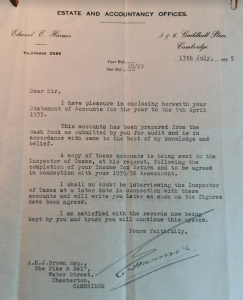
Pike and Eel 1935

Pike and Eel 1935

Pike and Eel 1935
1949

Pike and Eel 1949
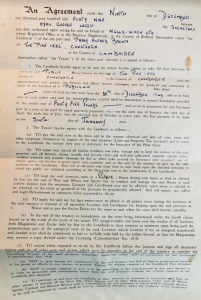
Pike and Eel 1949

Pike and Eel undated
1953

Pike and Eel 1953
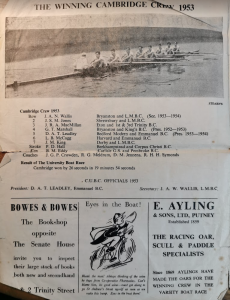
Pike and Eel 1953
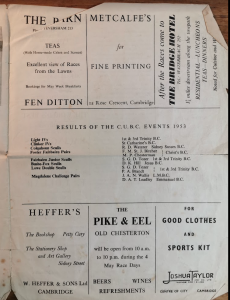
Pike and Eel 1953
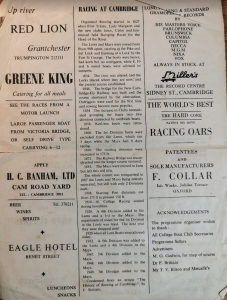
Pike and Eel undated
1954

Pike and Eel 1954
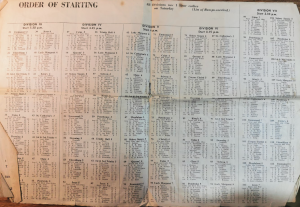
Pike and Eel undated

Pike and Eel undated
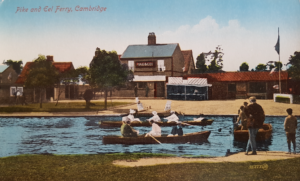
Pike and Eel ferry
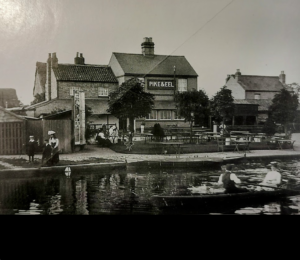
Pike and Eel public house c.1905 (Cambridgeshire Collection)
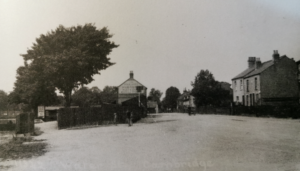
Pike and Eel, date unknown
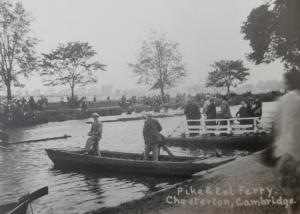
Pike and Eeel Ferry in 1928 (Cambridgeshire Collection)
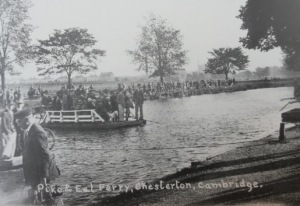
Pike and Eel ferries 1928 (Cambs. Collection)
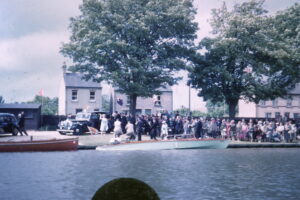
Queen Mother visits the Pike and Eel
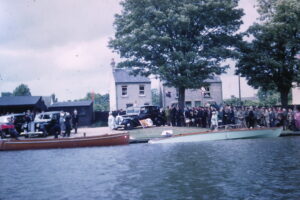
Queen Mother visits the Pike and Eel
The Bumps Fair was held every June in a field off Fen Road nearby.

Bumps Fair c.1925 (Cambs Collection)
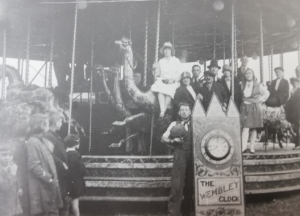
Bumps Fair c.1925 (Cambs Collection)

‘Three Abreast Gallopers’ built by Savages of King’s Lynn and bought by Henry Thurston in 1901; Bumps Fair c.1925 (Cambs Collection)
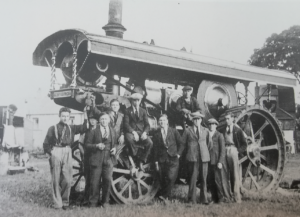
Dreadnought traction engine bought in 1909 to drive Three Abreast Gallopers. Photo is circa 1925. (Cambs Collection)
The Pike and Eel, lately known as the Penny Ferry, closed in in 2008 and was demolished in 2014.
 At the Pike and Eel after the Race
At the Pike and Eel after the Race



















































































































